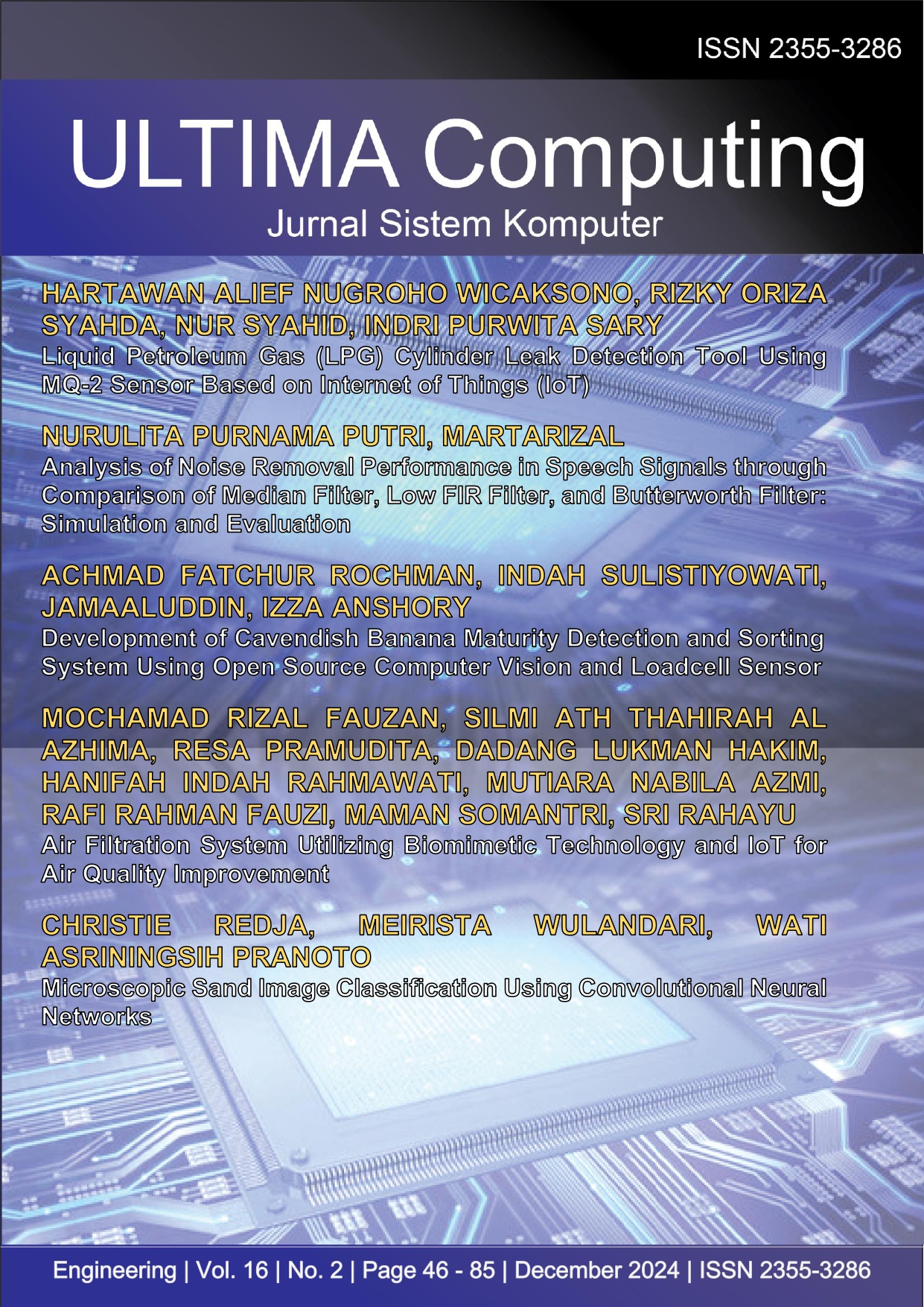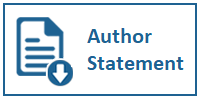Microscopic Sand Image Classification Using Convolutional Neural Networks
DOI:
https://doi.org/10.31937/sk.v16i2.3907Abstract
Abstract” This research paper reviews the use of Convolutional Neural Networks (CNNs) to categorize diverse sand type using microscopic images, with an objective of improving quality control in construction materials. The paper compares three CNN architectures”LeNet-5, Inception v3, and ResNet50”for discriminating between specific sand categories, such as two river sands (Cipongkor and Citarum) and three types of silica sand (brown, cream, and white). Each model was trained and tested on different dataset splits, with images pre-processed to highlight specific microscopic properties. To achieve a thorough comparison, each model's performance was measured using a variety of measures such as F1-score, accuracy, recall, and precision. These measurements enabled a comprehensive evaluation of how accurately and reliably each CNN model categorized the various sand types. ResNet50 consistently delivered the highest accuracy, achieving perfect classification in some instances, showcasing its effectiveness in capturing fine details in sand textures. These results highlight the potential of CNN-based approaches for precise and automated sand classification, which supports increased quality assurance in construction and related areas.
Index Terms” Convolutional Neural Network (CNN); sand classification; LeNet-5; Inception v3; ResNet50
Downloads
Downloads
Published
How to Cite
Issue
Section
License
Authors retain copyright and grant the journal right of first publication with the work simultaneously licensed under a Creative Commons Attribution-ShareAlike International License (CC-BY-SA 4.0) that allows others to share the work with an acknowledgment of the work's authorship and initial publication in this journal.
Authors are able to enter into separate, additional contractual arrangements for the non-exclusive distribution of the journal's published version of the work (e.g., post it to an institutional repository or publish it in a book), with an acknowledgment of its initial publication in this journal.
Copyright without Restrictions
The journal allows the author(s) to hold the copyright without restrictions and will retain publishing rights without restrictions.
The submitted papers are assumed to contain no proprietary material unprotected by patent or patent application; responsibility for technical content and for protection of proprietary material rests solely with the author(s) and their organizations and is not the responsibility of the ULTIMA Computing or its Editorial Staff. The main (first/corresponding) author is responsible for ensuring that the article has been seen and approved by all the other authors. It is the responsibility of the author to obtain all necessary copyright release permissions for the use of any copyrighted materials in the manuscript prior to the submission.















